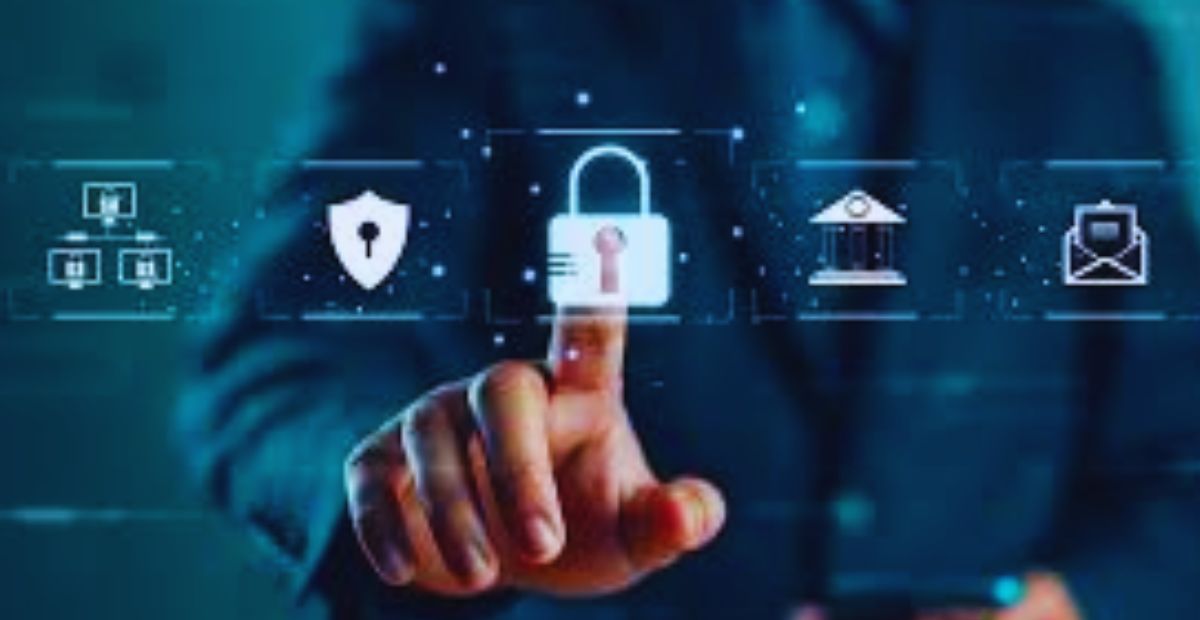In today’s digital landscape, cybersecurity is no longer an optional investment for businesses — it’s an absolute necessity. With cyber threats growing in complexity and frequency, even small businesses are potential targets for ransomware, phishing, and data breaches. Fortunately, there are powerful cybersecurity tools that can help organizations protect their systems, data, and customer trust.
Here are the top 5 cybersecurity tools every business should use to stay safe and resilient in the digital world:
1. Firewalls: The First Line of Defense
Tool Example: pfSense / Cisco Secure Firewall
Firewalls act as a barrier between your internal network and external threats. They monitor incoming and outgoing traffic, blocking malicious attempts to access your system. pfSense, an open-source firewall, and Cisco Secure Firewall, a leading enterprise solution, both offer robust protection, customizable rules, and intrusion prevention features.
Why Businesses Need It:
- Prevents unauthorized access
- Filters suspicious activity
- Customizable rules for specific business needs
2. Endpoint Protection Platforms (EPP)
Tool Example: CrowdStrike Falcon / Bitdefender GravityZone
Endpoints such as laptops, smartphones, and servers are common targets for cyber attackers. Endpoint Protection Platforms (EPP) provide antivirus, anti-malware, and real-time threat detection to keep every device secure. CrowdStrike Falcon uses cloud-native AI to detect and stop threats quickly, while Bitdefender GravityZone offers comprehensive coverage with minimal system impact.
Why Businesses Need It:
- Protects all devices connected to your network
- Offers centralized management
- Uses AI for real-time threat detection
3. Password Management Tools
Tool Example: LastPass / 1Password
Weak or reused passwords are one of the most common vulnerabilities businesses face. Password managers store and encrypt login credentials, generate strong passwords, and enable secure sharing within teams. Tools like LastPass and 1Password also offer business dashboards to monitor password health and enforce security policies.
Why Businesses Need It:
- Eliminates password reuse and weak passwords
- Simplifies login management
- Supports multi-factor authentication (MFA)
4. Security Information and Event Management (SIEM)
Tool Example: Splunk / IBM QRadar
SIEM tools collect and analyze security data across your IT infrastructure. They help identify unusual behavior, generate alerts, and create reports for compliance. Splunk offers real-time analytics and threat detection, while IBM QRadar is known for its deep threat intelligence and automation features.
Why Businesses Need It:
- Real-time monitoring and alerting
- Helps with compliance (e.g., GDPR, HIPAA)
- Correlates data to detect complex threats
5. Virtual Private Network (VPN) Solutions
Tool Example: NordLayer / Perimeter 81
With remote work becoming the norm, secure access to corporate resources is essential. Business-grade VPNs encrypt internet traffic, ensuring secure connections for remote employees. NordLayer and Perimeter 81 offer scalable, cloud-based VPNs that are easy to deploy and manage across a distributed workforce.
Why Businesses Need It:
- Secures remote access
- Encrypts data over public networks
- Reduces risk of man-in-the-middle attacks
Conclusion
Cybersecurity is a dynamic battlefield, and businesses need to be equipped with the right tools to defend their digital assets. Firewalls, endpoint protection, password managers, SIEM systems, and VPNs form a solid foundation for any security strategy. Investing in these tools not only protects sensitive data but also strengthens customer trust and ensures business continuity.
